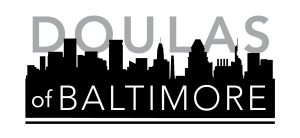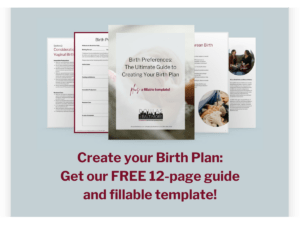New Parents, your life will never be normal again.
Ok, that’s not entirely true. You will settle into a new normal but when a baby is born, life as you know it comes to an end. That can sound daunting! How will you make sure your new baby is cared for, your home is tended to, your work keeps going? When new parents are settling into a new normal it will take work. With some skilled planning and a willingness to shift when needed, you’ll find yourself in a groove before too long.
End of New Parents Leave
Usually once a baby has arrived one or both parents will get some amount of leave from their job. Circumstances look different for each employer. Explore what options you and/or your partner have for parental leave once your baby has arrived. How long can you take? When preparing to return to work, consider what will make it easiest including a hybrid or virtual work schedule for a period of time or even permanently. Explore these options and what they will look like with your employer.
New Caregiver
New parents transitioning to a new caregiver will take some effort but with planning it can be as smooth as possible. Ensure your new caregiver has adequate bottles and pumped milk or formula available to feed the baby. Pack their bag well with extra diapers, wipes, outfits, and anything else they may need. Discuss any circumstances unique to your family that your new caregiver may need to understand (is your baby on medication? Do they need to be fed a certain way? etc.) Communication is key to make transitioning to a new caregiver as easy as possible.
Balancing Home/Work
A new baby will always change the dynamics in a house. Consider how to make the transition easier for yourself as new parents, your pets, big siblings, and extended family members. Identify how your household tasks are currently split. Who takes out the trash? What about cooking meals? Who does the dishes? Consider a chart or writing out a schedule for when these things occur and think about planning to prepare food ahead of time while you ease into your new routine.
Babies change your life in the blink of an eye and it can feel overwhelming going through all the changes that you will face. With an open mind, lots of communication, and a plan ready, going back to work will feel challenging but not impossible.
Need some extra help? Check out our Free Ultimate Postpartum Planning Guide!


